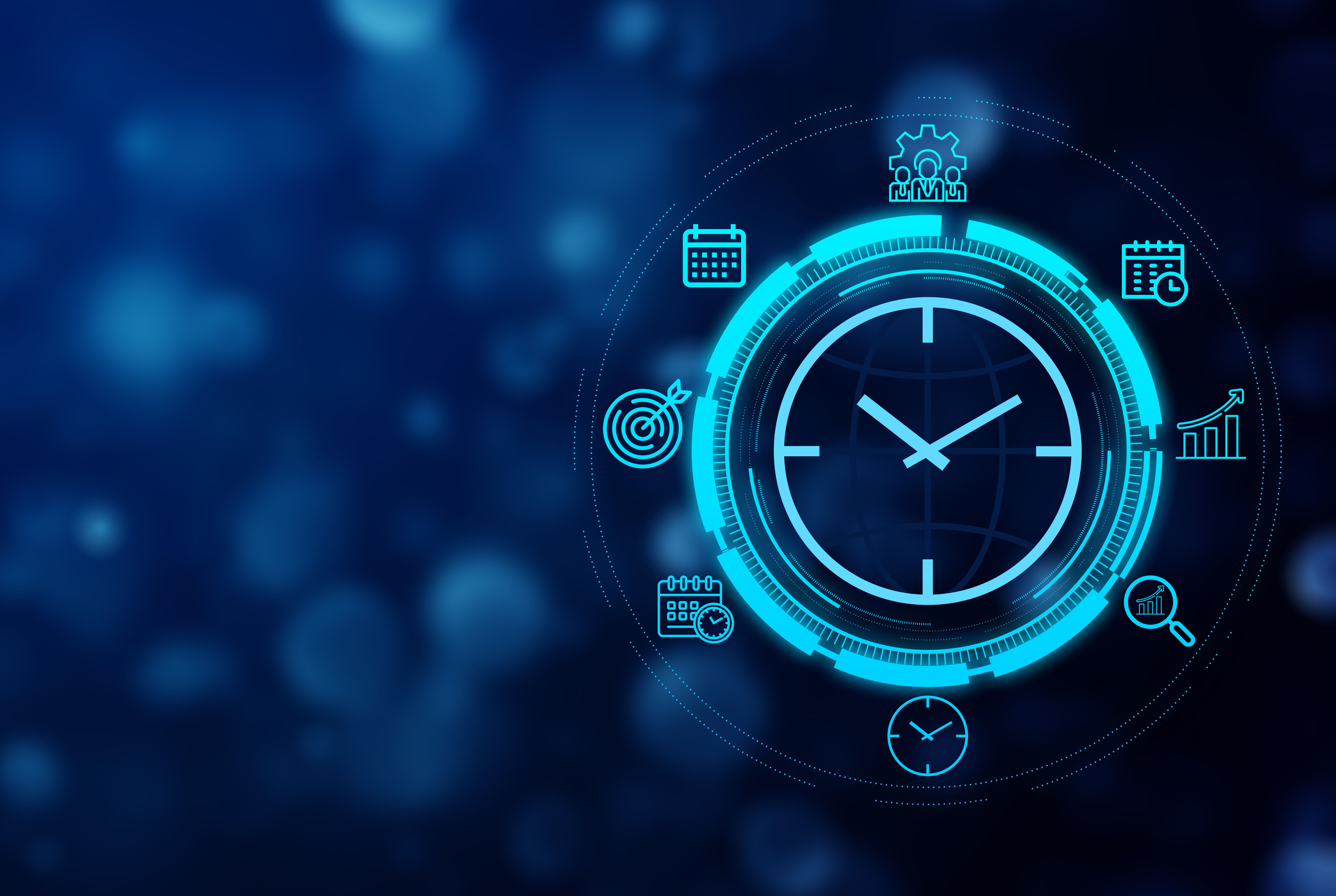Mastering the Art of Work-Life Balance: Strategies for Success
Understanding Work-Life Balance
In today's fast-paced world, achieving a harmonious work-life balance can feel like an elusive goal. However, mastering this art is crucial for maintaining both personal well-being and professional productivity. Work-life balance doesn't mean an equal distribution of time between work and personal life but rather finding the right fit that allows for satisfaction and success in both areas.
Striking this balance is essential because it helps reduce stress, prevent burnout, and improve mental health. It also enhances relationships and contributes to a better quality of life. By prioritizing both your career and personal needs, you can create a more fulfilling, sustainable lifestyle.

Setting Boundaries
One of the most effective strategies for achieving work-life balance is setting clear boundaries. This means establishing limits on your work hours and sticking to them. When working from home, it can be tempting to let work seep into personal time, but it's important to maintain a distinction between the two.
Communicate your boundaries with colleagues and management. Let them know your availability and preferred methods of communication during off-hours. This not only helps you manage your time better but also sets expectations for others.
Learn to Say No
Another crucial aspect of setting boundaries is learning to say no. It's important to recognize your limits and not overcommit. Taking on too much can lead to stress and negatively impact both work and personal life. Prioritize tasks that are important and align with your goals, allowing you to focus on what truly matters.
Prioritizing Self-Care
Self-care is a fundamental component of work-life balance. Taking time to care for yourself physically, emotionally, and mentally can improve productivity and overall well-being. This means making time for activities that replenish your energy and bring joy, whether it's reading a book, exercising, or spending time with loved ones.

Scheduling regular breaks during the workday is another way to practice self-care. Short breaks can help rejuvenate your mind, allowing you to return to tasks with renewed focus and creativity. Remember, self-care is not a luxury but a necessity for maintaining balance.
Mindfulness and Meditation
Incorporating mindfulness practices such as meditation can also enhance work-life balance. These practices encourage presence and awareness, helping to reduce stress and increase clarity. Even a few minutes of meditation each day can make a significant difference in how you approach both work and personal challenges.
Time Management Techniques
Effective time management is key to balancing work and life responsibilities. One popular method is the Pomodoro Technique, which involves working in focused bursts of 25 minutes followed by a 5-minute break. This approach can boost productivity while allowing for regular intervals of rest.

Another technique is prioritizing tasks using the Eisenhower Box, which helps distinguish between urgent and important tasks. By categorizing tasks based on their urgency and importance, you can focus on what truly needs attention, ensuring that both work and personal commitments are managed efficiently.
Delegation and Collaboration
Don't be afraid to delegate tasks or seek collaboration when necessary. Sharing responsibilities can lighten your load and provide opportunities for others to contribute. Recognize when you need help and leverage teamwork to achieve better outcomes in both professional and personal arenas.
By implementing these strategies, you can master the art of work-life balance, leading to a more fulfilling and successful life. Remember, achieving balance is a continuous process that requires regular reflection and adjustment as circumstances change.
